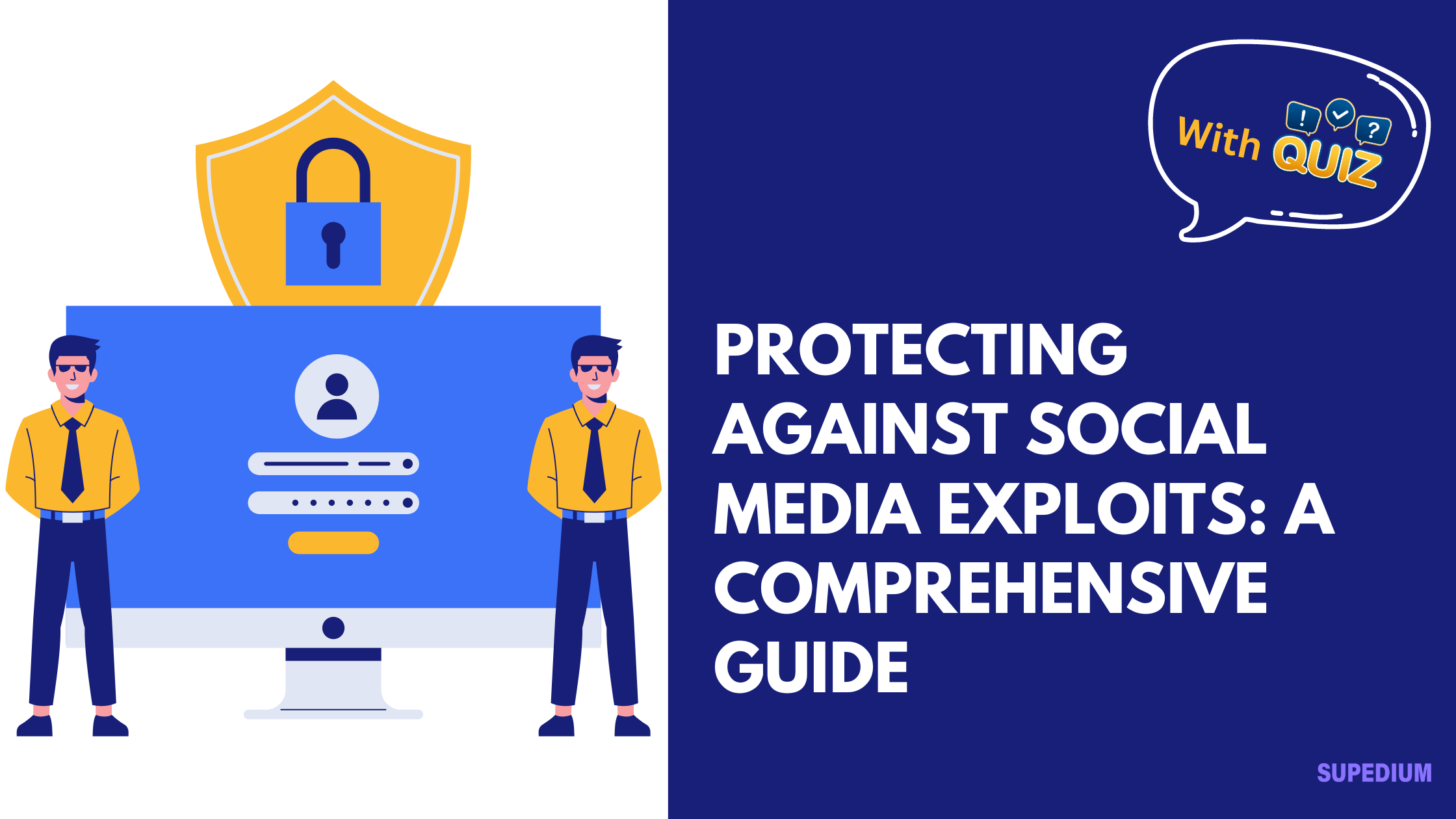Table of Contents
![]()
The strain has been put by the impact of coronavirus on Businesses over the world, changing culture that is working virtually to make remote. What became apparent, however, isn’t all companies were in a position to empower their employees to work remotely in short notice.
Before this catastrophe unfolded, there were Company may need its workers to have the ability to work from home with very little notice — for instance, a snowstorm or strikes on transport networks. Some businesses may need their employees to continue to work using either gear or workers’ laptops and cellular phones.
While remote access increases productivity, if the Organisation isn’t equipped with the security tools, it leaves them exposed to several threats. What can do to make sure their workers are currently working securely regardless of what disruptions may come up?
Infrastructure is Crucial to remote productivity
Organisations that maintain workforces that onsite encourage workers to Work through VPNs and access the network and cloud tools from devices that have software agents, like device management. These approaches may create a range of issues that make it hard to install and monitor all traffic on the users’ devices — such as their applications. Also, this strategy is obsolete as it invades worker privacy and violates compliance frameworks like the General Data Protection Legislation (GDPR).
Organisations that didn’t have the technology that is proper In place should talk about how they could adapt to deal with any incidents where workers can’t physically come into the office. Bring your device (BYOD) policies make it possible for employees to work from private devices, like their cellular phones, in addition to work remotely. Employers can make certain employees can find the job done no matter what incident hits on them.
Changing cybersecurity priorities
Having a change in the environment comes to the risk of data Vulnerability when employees download and share information across systems, remote areas, and devices. Therefore, the safety controls must be in place when firms employ grant and BYOD employees to work remotely. There are several priorities:
Visibility and control over information
Businesses must maintain control and visibility Devices access data as it. Without the ability to view and control user activity on endpoints, organisations might have to deal with malicious sharing, data access, and an inability to protect data when their apparatus is lost by workers or have them stolen.
Furthermore, organisations need to use data loss prevention (DLP) Leakage by controlling and identifying sensitive data-at-rest and upon accessibility. With control and visibility, it is possible to ensure data result in a breach or possible exposure and doesn’t get into the wrong hands.
Identity and access management
Identity and access management, such as authentication (MFA) or user and thing behaviour analytics (UEBA), must be utilised because they may detect abnormal activity and speech mobile security threats. MFA requires another kind of identity verification that identities are who they say they are. After entering their passwords, users must verify their identities through an SMS token delivered via email or via a text message.
UEBA collects a report on each and learns behaviour User to be sceptical of any suspicious activity. As an example, if a user usually logs in from 1 location but signals on from another (particularly when stringent travel restrictions are in place), it will send an alert to make sure the user’s account hasn’t been compromised. At the minimum, single sign-on (SSO) ought to be implemented, as it securely authenticates users across all of the enterprise’s cloud software.
Agentless safety
Agentless for protecting information on personal devices. Tools that require software installations on devices that are private harm device and disrupt user privacy. Mobile device management (MDM) for instance, holds more information than workers realise such as login credentials in plain text.
Additionally, when MDM wiping abilities are used to eliminate Everything, data is deleted from this apparatus including contacts, photos, and much more. With agentless tools, IT receives compliance and security while the consumer doesn’t feel required invaded. Companies that aren’t prepared beforehand for a workforce shift may make the most of safety that is agentless as it doesn’t require any setup on the end devices that is not possible to do under conditions.
With unforeseen factors, companies need to be prepared for their employees to work remotely at any moment. Like, some incidents A pandemic or weather, are out of anyone’s control Safety programs and emergency work continuity should be discussed to protect the business from threats and the need to stop their operations. With BYOD is a huge enabling a workforce Business advantage when the unthinkable occurs.
Share This




Be the first to comment